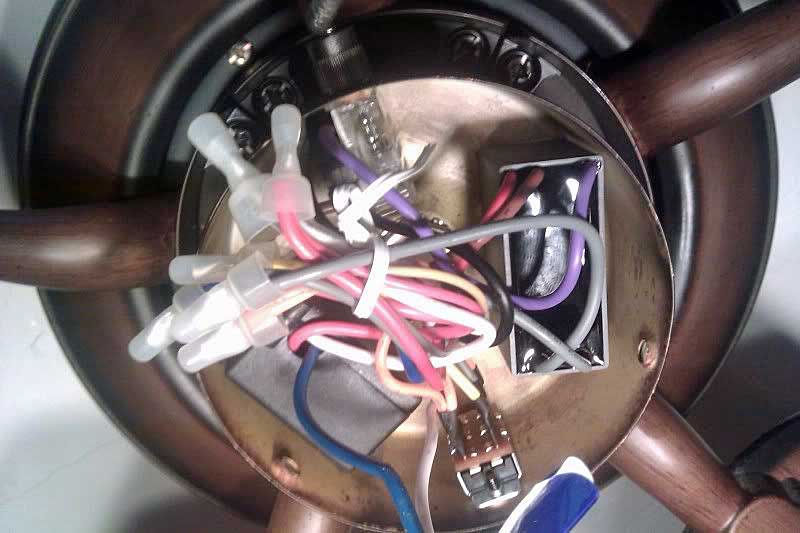Mylomine
New Member
So I have three identical ceiling fans in my home. Two of them run on a single normal wall switch and seem to operate as expected. The ceiling fan in the master bedroom however does not. This is the second fan I bought for this room because the first fan operated slow as well which leaves me to believe it's not the fan that is causing the problem. There are two wall switches in this room. One of them is a lighted switch so that you can see it in the dark when the switch is in the off position. What could be causing this fan to run considerably slower than the other two? Could there be a wiring issue? Everything I research on the web points to a faulty capacitor but that wouldn't explain two fans doing the exact same thing? Ideas?
Thanks,
super hot in phoenix summers, josh
Thanks,
super hot in phoenix summers, josh

